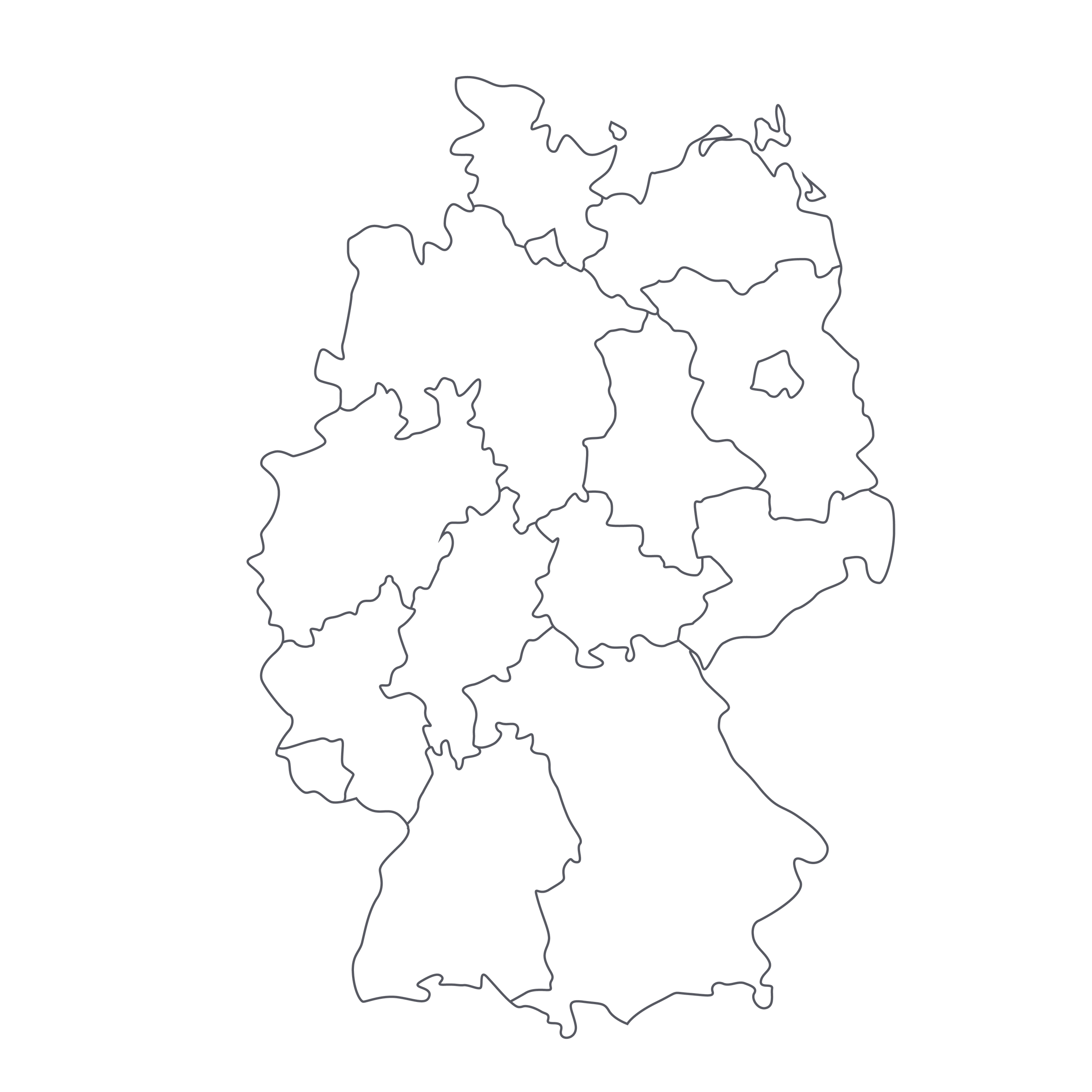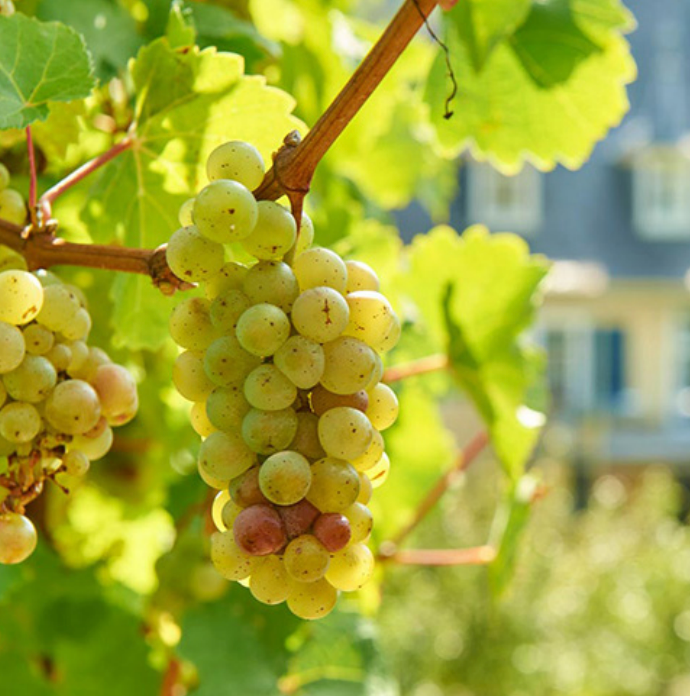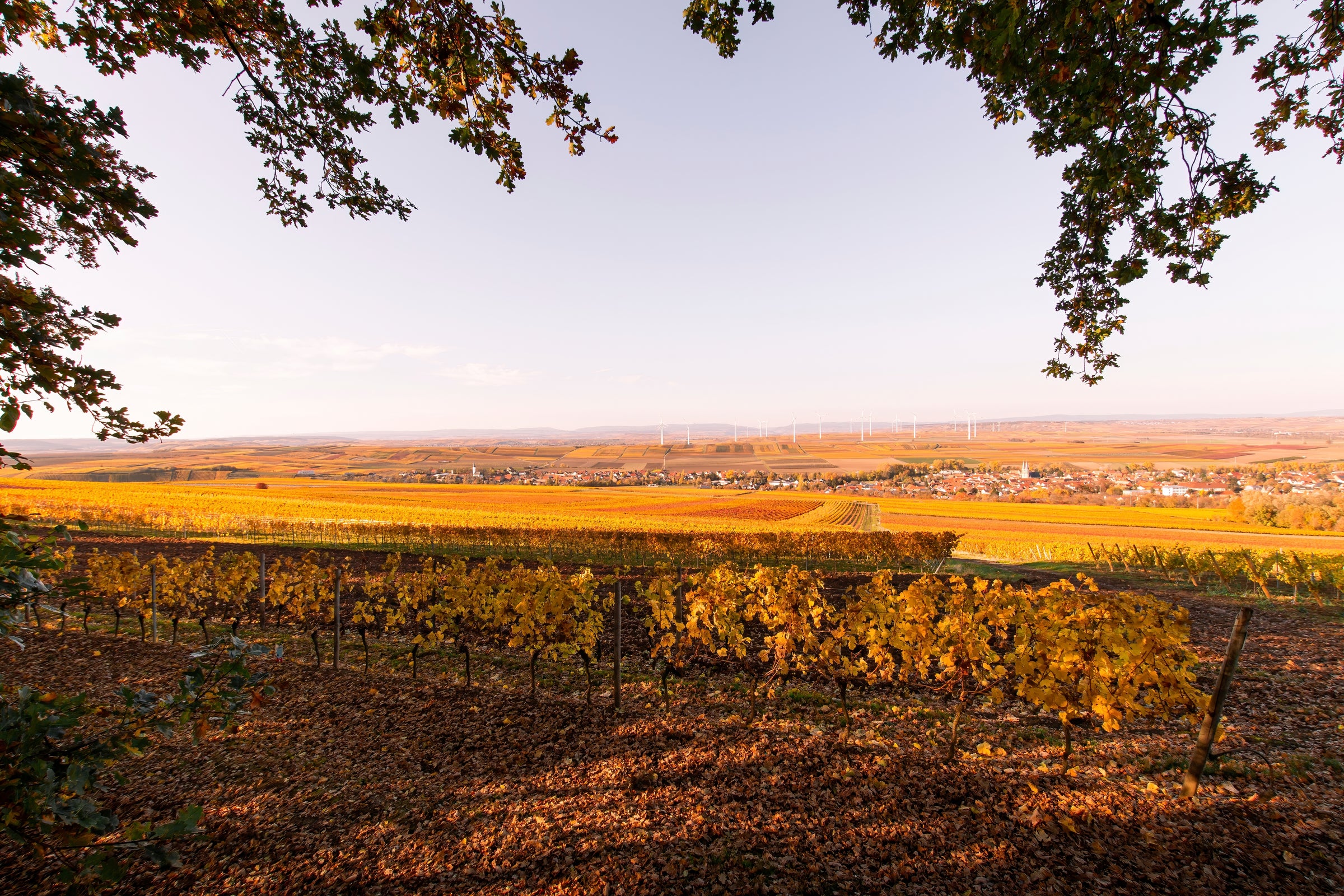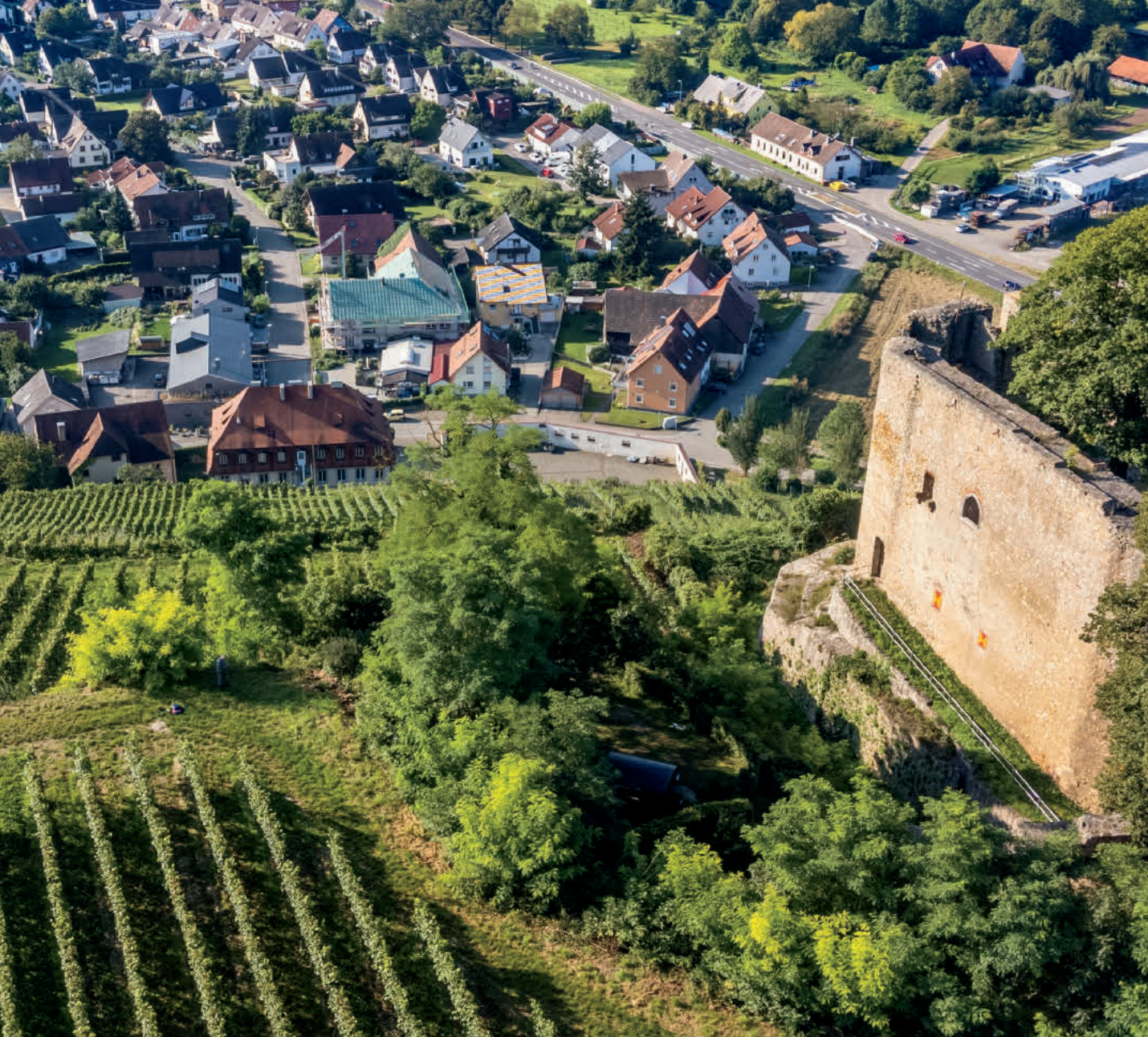As the performance of our offers tells us, SommSelect subscribers share our deep love of Champagne. As for the sparkling wine world outside of Champagne, well, that requires a little more convincing. It’s not that we don’t offer non-Champagne sparkling wine—we’ve had some knockout Spanish Cavas, Loire Valley ‘Pet-Nats,’ and others—but the long shadow of Champagne looms large.
It’s hard not to hold all the world’s sparkling wines to the Champagne standard, so when we do put forth a wine like today’s Riesling Sekt from Dr. Heyden, it needs to be special. What’s special about this wine, if you haven’t guessed already, is its off-the-charts quality-for-price. In a word: Wow! On my most recent trip to Germany, this wine was one of the highlights of my trip and when I learned of the price I ordered as much as I could! Crafted in the labor-intensive ‘Champagne method’ (
Klassische Flaschengärung in German) with fruit from a limestone-rich single vineyard in the Rheinhessen village of Oppenheim, this dry and detailed sparkler more than lives up to its “Prestige” billing—except for the price. I almost fear that some might pass it over based on its price, thinking (wrongly) that a Champagne-method sparkler of real pedigree couldn’t possibly be had for so little. Well, let me tell you: It can, and you should try it!
By German standards, this is a “young” estate, having been founded in 1999 by Dr. Karl Heyden, his wife, Anita, and their two sons, Frank and Harry. Frank studied at the famed Geisenheim viticultural institute and today heads up the family operation, whose vineyards are primarily located in the village of Oppenheim, whose vineyards are ranked among the best in the Rheinhessen region. Situated on the “left bank” of the Rhine River, directly across from the Rheingau to the north/northeast, Rheinhessen is Germany’s largest wine region (and an area once known mostly for cheap, sweet Liebfraumilch wines), with a broad diversity of soil types. The vineyard source for this sparkler, called Herrengarten, is a limestone slope with a south-southeast aspect, planted mostly to Riesling and delivering wines of great depth and chalky minerality. Although he hasn’t obtained certification, Heyden is farming organically and with an eye toward creating a polyculture in his vineyards. I visited the estate last year and was blown away by his vineyards; surrounded on all sides by neatly manicured, weed-free vineyards that had clearly been chemically farmed, Frank’s plots are lush gardens filled with all manner of wild herbs, flowers, and vegetables growing alongside the vines. Once in a while, these supplemental plants are mowed and all their nutrients returned to the soil, and it’s no stretch whatsoever to see how this diverse little ecosystem produces wines of great purity and energy—there’s a freshness and vitality to this wine that leaves a lasting impact.
“Prestige Brut” is released as a ‘non-vintage’ brut, even though this bottling hails entirely from the exceptional 2015 vintages. As Frank Heyden explained to us, German wine law is such that it would cost him more to release a vintage-dated wine, as “each disgorged batch would require a separate analysis and a separate registration.” This bottling was disgorged in February, 2018, meaning it spent nearly two years aging on its lees in bottle—no small investment in its own right, and yet somehow Heyden was able to get it to us at this remarkable price.
In the glass, the NV “Prestige Brut” has a light golden yellow core with green hues on the rim. The nose absolutely explodes from the glass with complex aromas reminiscent of the toasty notes of top-notch Côte de Blancs Champagne coupled with the energy and aromatic lift of serious dry Riesling. Its aromas are a perfumed mix of white flowers, honeysuckle, white peach, green plums, lime blossoms, citrus rind, wildflower honey, wet slate, and crushed stones. The palate is perfectly dry with bright energy and soft and integrated bubbles with flavors which mirror the nose. Serve this at 50 degrees in all-purpose white wine stems as an enlivening apéritif or pair it with a canapé to start the evening. The attached smoked salmon blini will blow your guests away when served alongside this gem. Enjoy!






